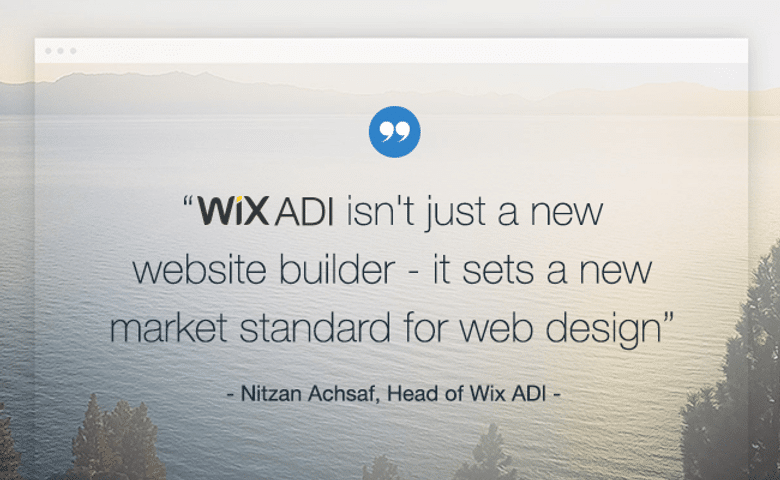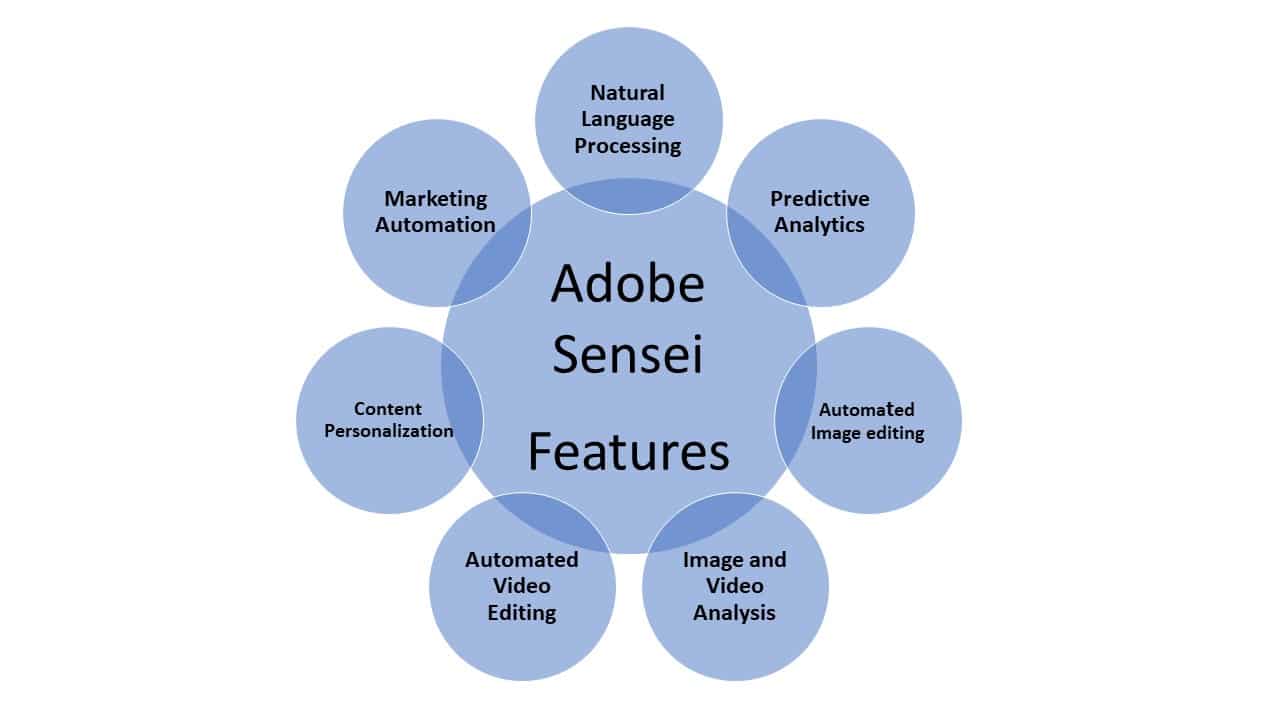Celebrating its 10th anniversary, Canva revolutionized content creation with its latest offering: a suite of AI-powered tools named literally “Magic Studio”.
This platform automates labor-intensive tasks like converting designs into other media formats or instantly editing images through generative AI.
One of the suite’s standout features, Magic Switch, enables users to seamlessly convert a design into different formats – like turning a blog post into an email or social media content without the hassle of manually adjusting layouts or updating text.
As you marvel at the ease of this transformation, reflect on how AI has silently crept into our digital experiences. Think about how it has made intricate tasks look like child’s play.
Let’s agree on one thing.
AI and Machine Learning are a part of the very fabric of B2B enterprise UX design now. Every click, swipe, and interaction is subtly enhanced by AI. It’s changing everything and impacting everyone from product managers, and designers, to the end users.
The question is, how are you using AI to your advantage? Are you fully utilizing the power of AI to make your products better for the users? In this blog, we’ll talk about what all designers and product managers can do with the growing AI capabilities.
5 Ways How AI Transforms B2B Enterprise UX Design
Let’s discover the innovative ways AI is reshaping B2B Enterprise UX Design in the digital era. From personalized user experiences to automated testing and data analysis, AI and machine learning are not just enhancing the aesthetics but are fundamentally altering the efficiency and effectiveness of design strategies. Let’s explore the five transformative methods that demonstrate AI’s integral role in revolutionizing B2B enterprise UX design.
AI Transforms Design with Personalized User Experiences
By harnessing machine learning algorithms, AI can analyze user interactions and preferences, enabling the creation of highly customized and intuitive designs. This personalization goes beyond mere aesthetics, adapting functionalities and content to match individual user needs, thereby enhancing user engagement and satisfaction.
A prime example of this is Wix ADI (Artificial Design Intelligence)

This innovative tool creates unique websites by asking users a series of questions. It then uses AI to interpret these responses, crafting a personalized B2B enterprise UX design experience. It streamlines the design process but ensures that each website is tailor-made to suit the specific tastes and requirements of its owner, offering a truly individualized user experience.
Predictive Analytics and User Behavior Modeling
Predictive analytics and user behavior modeling in B2B enterprise UX design harness AI to forecast future user behaviors by analyzing past interactions and preferences. This approach allows designers to anticipate needs, optimize user flows, and tailor features for enhanced usability and effectiveness. By predicting what users are likely to need next, this method streamlines the B2B enterprise UX design process, ensuring that interfaces are not just intuitive but also proactively responsive to user requirements.
A prime illustration of this is Adobe Sensei in Adobe Creative Cloud

It employs AI to intelligently automate tasks like cropping and selection, adapting these functions based on the user’s past behavior and preferences. This means designers spend less time on routine tasks and more on creative endeavors, as the software anticipates and adjusts to their unique working style, thereby elevating the overall design experience. This predictive capability ensures that every tool and feature is aligned with the user’s evolving needs, epitomizing the power of AI in enhancing B2B enterprise UX design.
Accessibility and Inclusive Design
AI’s role in enhancing accessibility and inclusive B2B enterprise UX design is becoming increasingly vital. By integrating AI, tools are now able to accommodate a wider range of user abilities, promoting inclusivity.
Google AutoDraw & Fontjoy stands out in this regard
It assists users with limited drawing skills to produce professional designs, thereby democratizing the design process. This tool enables users who may not have formal training or innate artistic ability to express their ideas visually with ease.
Fontjoy for Font Pairing further contributes to this inclusive landscape. It simplifies the often complex task of font pairing, making it accessible to those without in-depth design knowledge. By using AI to suggest complementary fonts, Fontjoy opens up design possibilities to a broader audience, ensuring that high-quality design is not limited to professionals but accessible to all.
Automated UX Testing and Quality Assurance
Automated UX testing and quality assurance, enhanced by AI, marks a significant leap in design efficiency and accuracy. This approach employs AI algorithms to evaluate design elements, ensuring they meet desired standards and user needs. The automation aspect speeds up the testing process, allowing for rapid iterations and improvements.
Example: Autodesk’s AI-Assisted Design and Microsoft’s Sketch2Code
Autodesk’s AI-Assisted Design exemplifies this, using AI to optimize designs, effectively performing a form of automated quality assurance. This ensures that every aspect of a design is not only aesthetically pleasing but functionally optimal.

Similarly, Microsoft’s Sketch2Code translates hand-drawn sketches into functional code. This tool not only streamlines the design-to-development process but also proactively identifies and addresses potential design issues, ensuring a high-quality end product.
Data Visualization and Dashboard Design
Data visualization and dashboard design are crucial in B2B enterprise UX design, especially for conveying complex information in a clear, accessible manner. AI significantly enhances this process by providing tools that can transform large datasets into intuitive and insightful visual representations.
This application of AI is particularly relevant where data-driven decision-making is key. Adobe Sensei, while not directly focused on data visualization, can be tangentially related to this aspect. Its AI capabilities assist in creating visually appealing and effective designs.
By intelligently analyzing design elements, Adobe Sensei can help designers make choices that improve the aesthetic and functional quality of data visualizations and dashboards. This includes optimizing layouts, selecting appropriate color schemes, and ensuring that visual elements are both engaging and informative.
In Conclusion
It’s clear that these technologies are not just futuristic concepts but tangible tools enhancing our present. From creating personalized experiences to automating quality assurance, AI is at the forefront, democratizing and revolutionizing design processes.
It’s enabling inclusivity and accessibility, making design an art form accessible to all. As designers and product managers, embracing these AI-driven capabilities is not just an option but a necessity to stay ahead in a rapidly evolving digital landscape. The future of design is here, and it’s powered by the intelligent, subtle touch of AI.









